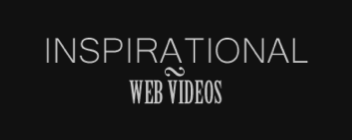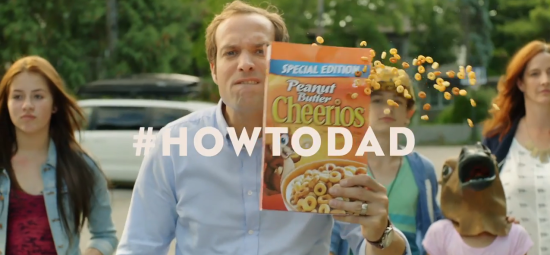Midwest Film Workshop & Free Webinars

Few opportunities exist for Christians to network and learn the practical skills of filmmaking in a context grounded in the word of God. The MWCFA was created to provide this opportunity. Taught by experienced filmmaker John-Clay Burnett and Art Director Carol Kiemle, 12-15 attendees will gain hands-on experience making a high quality promotional film.
They will participate in art design, cinematography, editing, and much more. They will network with other Christian filmmakers and, most importantly, gain a vision for excellence in film as a means of bringing honor to the Lord Jesus Christ. The MWCFA desires to be a bright light shining in a dark place, used by the Lord toward the transformation of film to the glory of God.
Teachers
 John-Clay Burnett has been involved in video productions since 2001 and started ReelCast Productions in 2005. ReelCast is an independent multimedia company committed to communicating messages of truth with high quality visual media! Over the years he has been significantly involved with a number of Christian films including Pendragon, The Penny, Captivated, Beyond the Mask, Polycarp, Awakened, and Wait Till It’s Free. John-Clay has also been a key teacher at several Christian film workshops including the 2012 Lamplighter Guild and 2014 Christian Worldview Film Festival.
John-Clay Burnett has been involved in video productions since 2001 and started ReelCast Productions in 2005. ReelCast is an independent multimedia company committed to communicating messages of truth with high quality visual media! Over the years he has been significantly involved with a number of Christian films including Pendragon, The Penny, Captivated, Beyond the Mask, Polycarp, Awakened, and Wait Till It’s Free. John-Clay has also been a key teacher at several Christian film workshops including the 2012 Lamplighter Guild and 2014 Christian Worldview Film Festival.
 Carol Green Kiemle has a BFA in Theater and a Minor in Dance from Eastern Mexico University. While she was in college, she worked in the tech theater department building and designing sets and costumes. She has experience on many productions doing stage managing, light design and sound, as well as make-up and props. After working in regional theater from 1983-1986, she graduated and went on to her greatest profession – being a wife, mother and educator. More recently she re-surfaced in Christian filmmaking because of her son who felt God’s calling to become a Christian filmmaker. She has since worked as the Art Director on Blessings Missed and In His Steps.
Carol Green Kiemle has a BFA in Theater and a Minor in Dance from Eastern Mexico University. While she was in college, she worked in the tech theater department building and designing sets and costumes. She has experience on many productions doing stage managing, light design and sound, as well as make-up and props. After working in regional theater from 1983-1986, she graduated and went on to her greatest profession – being a wife, mother and educator. More recently she re-surfaced in Christian filmmaking because of her son who felt God’s calling to become a Christian filmmaker. She has since worked as the Art Director on Blessings Missed and In His Steps.
When: November 6th-8th, 2014
Where: Wingate by Wyndam Hotel in Fargo, ND
Cost: Early-Bird Fees – $350 per student (includes instruction, hands-on training, all meals, and ground transportation). *Cost goes up by $50 per student after October 15th and then again after November 1st* (Register Now)
Who: Serious aspiring Christian filmmakers ages 14+
Other info: We will be glad to work with each student to arrange the best rooming option available.
WEBSITE: Registration is NOW OPEN, visit our website at mwcfa.org for more info.
Online Academy
The MWCFA webinars will provide essential foundational and practical knowledge for Christian filmmakers. While the webinars are designed to accompany the MWCFA Academy in Fargo, ND, anyone is welcome to participate. The first two webinars are free and open to the public, and the rest are offered to the Online Academy subscribers.
Webinar speakers include George Escobar (Advent Film Group), Nathaniel Darnell (San Antonio Independent Christian Film Festival), Trey Boles (Commotion Agency), and others. Confirmed webinar topics include:
- Getting Started As a Filmmaker – (Free)
- Why You Should Know the Ancient Roots of Modern Film - (Free)
- Lessons Learned from the Jimmy Valiant Project
- Weaknesses in the Worldview of Christian Films and What Needs to Be Done About It
- Learning to Sketch Storyboard Characters
- A Realistic Picture of the Business Side of Christian Filmmaking
- More webinars topics coming soon!
Beginning Friday, September 26, 2014, at 7 PM CST, the webinars will generally be held twice each week through the end of October. Each webinar will include a Q & A session. All webinars will be recorded and made available for registered participants.
Click here to signup for the free webinars.





 Post a Comment
Post a Comment




